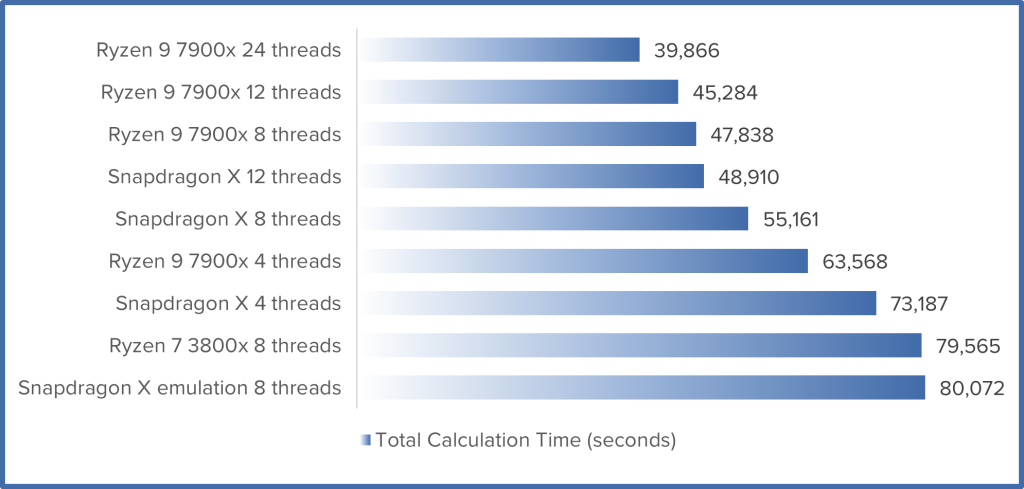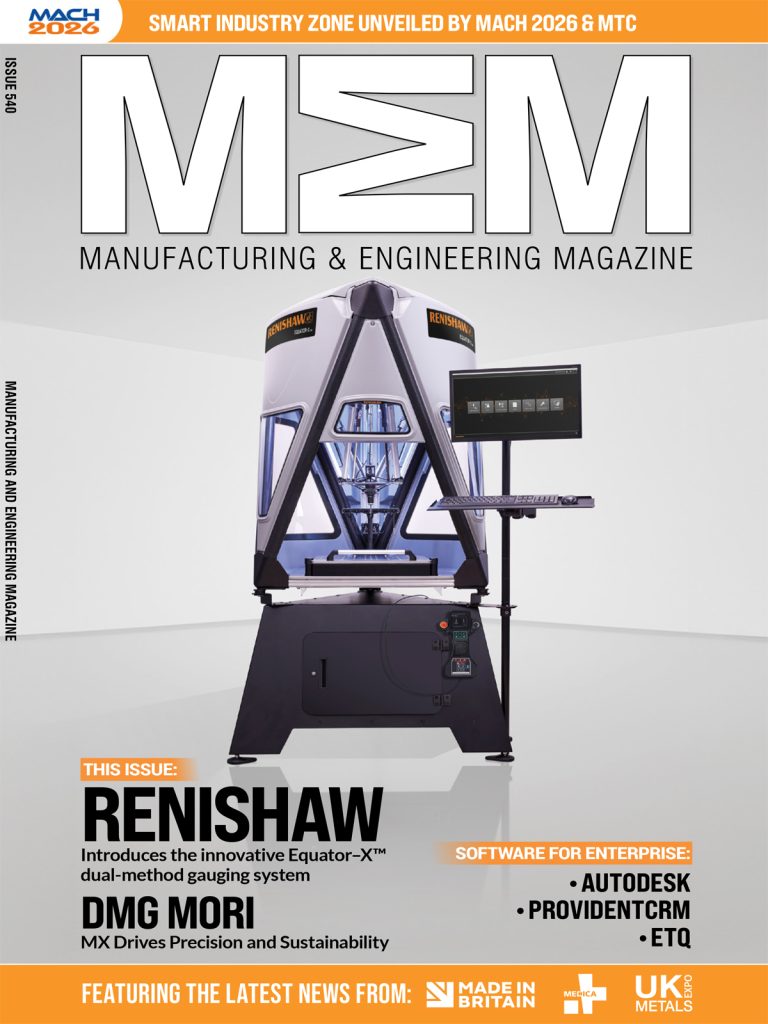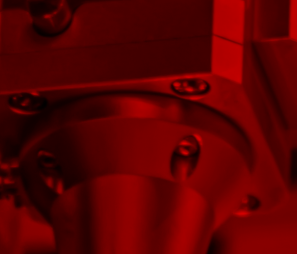ModuleWorks announces the successful testing of its digital manufacturing software components on a Snapdragon ARM (Advanced RISC Machines) processor running Windows. The results confirm the stability and performance of the software on the ARM architecture, opening the prospect of running high-end CAM solutions on energy efficient platforms.
As CAM vendors keep an eye on advances in computer hardware, the performance of ARM processors is attracting attention. These processors have the potential to offer fast toolpath calculations and advanced 3D simulations with a low energy footprint. This opens the door to a wide range of high-performance CAM solutions for mobile, lightweight and cloud-connected devices.
The hurdle for CAM vendors is adapting their software to run natively on the ARM architecture. This includes not only the software they develop in house, but also the software they purchase and integrate from partner companies like ModuleWorks. For this reason, ModuleWorks decided to put its CAM software engine to the test.
Miguel Johann, Product Director at ModuleWorks explained:
“Our digital manufacturing software components are integrated in many of the leading CAD-CAM and CNC solutions. When migrating to ARM systems, our partners need a guarantee that ModuleWorks runs seamlessly as native software in ARM environments. We are very proud to announce that it does.”
ModuleWorks tested its CAM Engine on the latest ARM (Snapdragon X Elite) and x86 (AMD Ryzen 7 and 9) processors. The ModuleWorks Engine ran reliably and consistently on both, generating identical toolpath results.
In terms of performance, the times for a benchmark toolpath calculation are shown here:

a Snapdragon X SoC and a Windows 11 desktop with AMD Ryzen 9 and 7 processors.¹
The results show that CAM vendors can expect the ModuleWorks native ARM software to deliver a processing performance similar to the x86 version, especially on 12 threads. Although not as fast as the x86 version, the performance is high for a laptop.
It is also possible to run the ModuleWorks x86 software in emulation mode on the Snapdragon SoC. However, running ModuleWorks in native ARM is more than 30% faster so it makes sense to take advantage of native ARM on the Snapdragon.
What makes the Snapdragon SoC particularly attractive for CAM is its ability to deliver a high performance while maintaining lower energy consumption. This not only extends battery life but also reduces heat output, allowing devices to stay cooler under heavy computational workloads. For CAM vendors this creates the opportunity to develop high-end solutions for lightweight, portable devices, making it easier to work on-site or in remote locations.
“CAM on ARM is an exciting development for the industry”, said Miguel Johann. “Making our CAM Engine ARM-ready means our partners can press ahead with the development of CAM solutions that are energy efficient.”
The ModuleWorks CAM Engine is available as native ARM software libraries in addition to the x86 libraries for Windows and MAC OS systems.
¹ The tests were conducted at the ModuleWorks development facility in Aachen, Germany. The results are based on the current generation of Snapdragon X (Snapdragon® X Elite X1E-78-100, 12-core) on the host laptop. With expected upgrades in this technology in future as well as upgrades to Windows, performance may improve and ModuleWorks expects to repeat the tests in the future.
Manufacturing & Engineering Magazine | The Home of Manufacturing Industry News
















